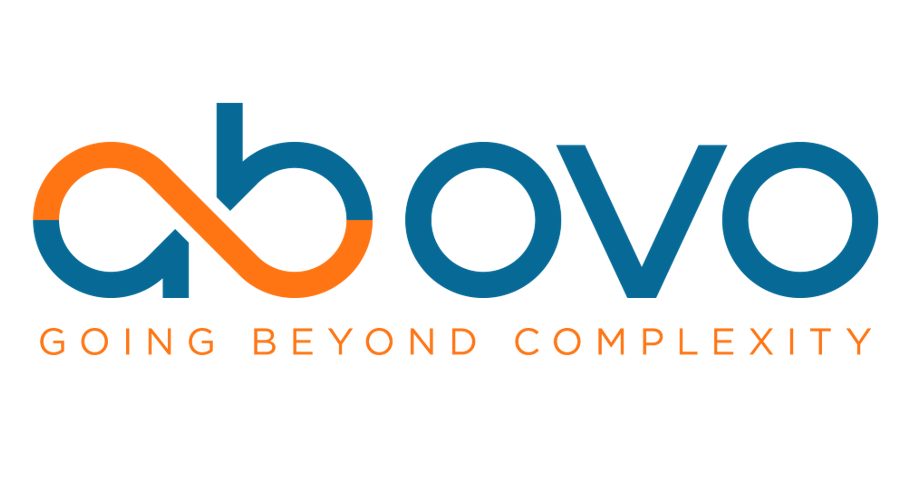Landside Logistics Use Cases
How can we help you?
Landside Logistics Use Cases
We enable landside logistics companies deliver an interoperable data efficient ecosystem and gain a competitive advantage through advanced analytics with tailored solutions. With our wealth of industry knowledge and experience we support numerous landside logistics use cases.
#UseCase
Route planning for trucks
In a world of time slots, dynamic compartments and truck types, finding routes with an optimal sequences of pickup and delivery stop daily for all trucks is a big puzzle.
Given all the constraints (timeslots, capacity) and data (customers/shipments/legs) on a daily basis, how can you create the optimal routes including the stop sequences?
How can an advanced analytics model support in generating optimal routes in seconds allowing for quick calculations on different scenario’s routes and implemented in the day of operation?

Advanced Analytics
Numerous supply chain analytics use cases for landside logistics in whatever category you may need support:
Assets, Demand, Process and Performance
#UseCase
Synchromodal Planning
The logistic chains between ports and hinterland locations are characterized by limited transparency, inefficiency and unclear choices for onward transportation. Making the right onward modality choice depends on a myriad of factors, and making the best decision can be quite challenging. This is when the idea of Synchromodality comes into play for your supply chain. With the right Synchromodal solution in place, planners are put in a position to make the best SCP&O decisions every time based on KPI’s.
Planning in a Synchromodal network involves geographical expertise & the ability to easily access all relevant planning information – in practice, this ability is often lacking. Ideally, planning involves multi-modal transportation from origin to destination. Due to a large number of planning variables, the optimal solution is highly dependent on soft, heuristic knowledge of expert planners & the availability of scattered, diffuse planning information.

Advanced Analytics for Landside Logistics
A glimpse into our numerous advanced analytics use cases for landside logistics divided into 4 categories: Assets, Demand, Process and Performance
#SCA
Assets
Automated damage detection
Camera footage to scan cargo and trucks for damage detection and automatic administration
Trip deficiency detecting
Use pattern recognition to find causalities of routing inefficiencies
Tailored maintenance scheduling
Pattern recognition to predict when transport logistics need maintenance on a unit by unit basis
Demand
Real-time demand visibility
Sensor and event data to visualize and analyze the flow of orders through the network
Self learning demand planning
Predict demand based on self learning models that learn directly from the day-to-day situation
End-to-end planning
Incorporate all available data (sensors/actuals) from customers to be better prepared
Process
Data driven contracting
Flexible contracting based on actual data for a better fit with operations
Real-time scheduling
Advanced predictions of ETA/ETD for real-time scheduling adjustments
Performance
Advanced dashboarding
Interactive and advanced dashboarding that allow monitoring of the data ambition
KPI identification
Discover analytical KPI’s that pave the way for data driven decision making
KPI optimization
Improve KPI’s and increase business value by combining different data sources
#UseCase
Intermodal Planning
When different transport modalities are handled by disparate planning processes and tools, planners cannot easily get a quick and accurate overview of all planning processes. This leads to ineffective decision making and increased cost.
Despite the richness of information housed within a TMS system, information is not readily available for the planner to quickly optimize a plan and respond to “What-if” scenarios and/or changes in planning needs. This forces planners to rely on soft knowledge to address planning challenges.
In the complex intermodal chain, many actors and resources are involved. Real-time information is available and this puts increased pressure on planners. Intermodal companies must then invest in decision support to enable the planner to handle the complexity of today’s network options.

Industry Recognition
We support our customers in the digital transformation of their business operations. Data driven decision support is our company’s heartbeat and we deliver clarity by digitizing decision processes with extensive supply chain expertise, our smart technology and our skilled analytical team.
#FeaturedCustomers
You may find this interesting too
Case Study Hupac
With the ever increasing importance of optimization of resource utilization, we chose the Advanced Planning & Scheduling solution, provided by Ab Ovo, to digitize our intermodal capacity planning.
Whitepaper Synchromodal
Ab Ovo’s Synchromodal Solution processes all needed transport information for optimum planning scenarios, resulting in emission reduction & high cost savings.
Solution Sheet
Ab Ovo transforms your intermodal logistics by providing end-to-end visibility of your entire planning network.

